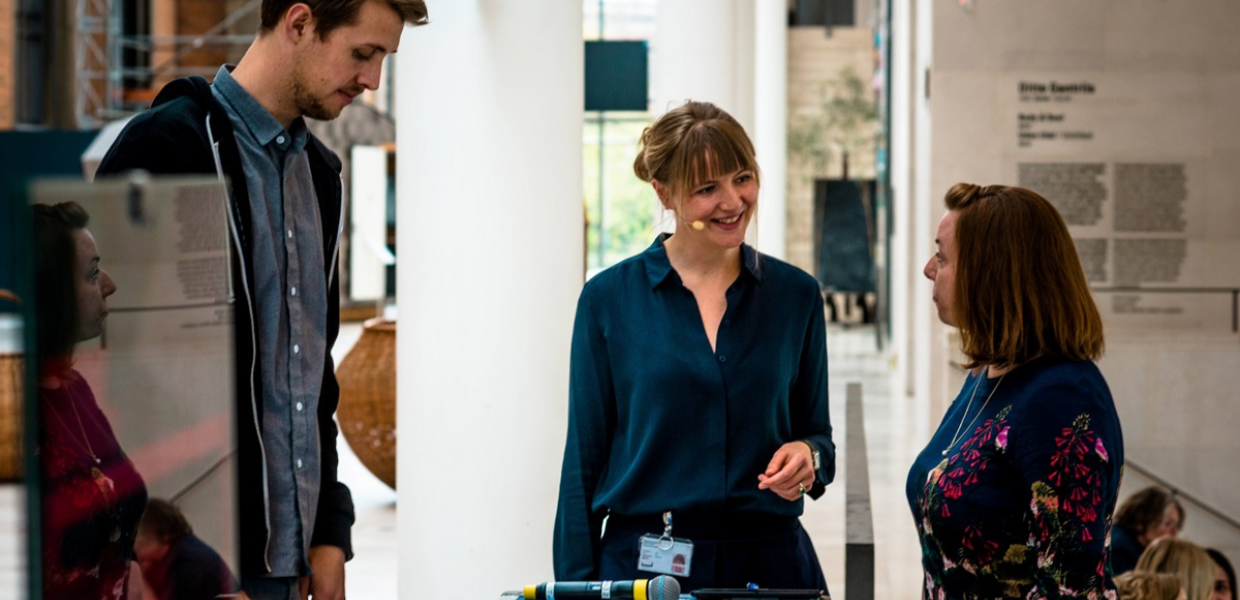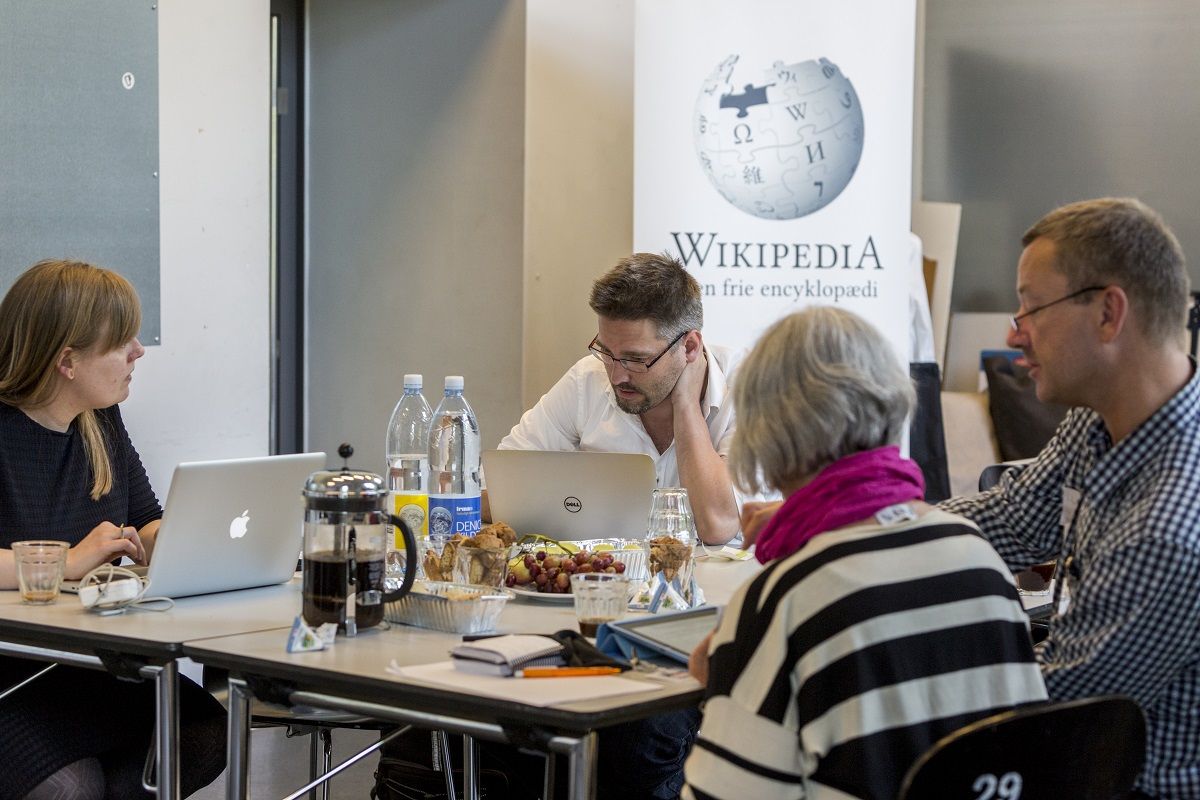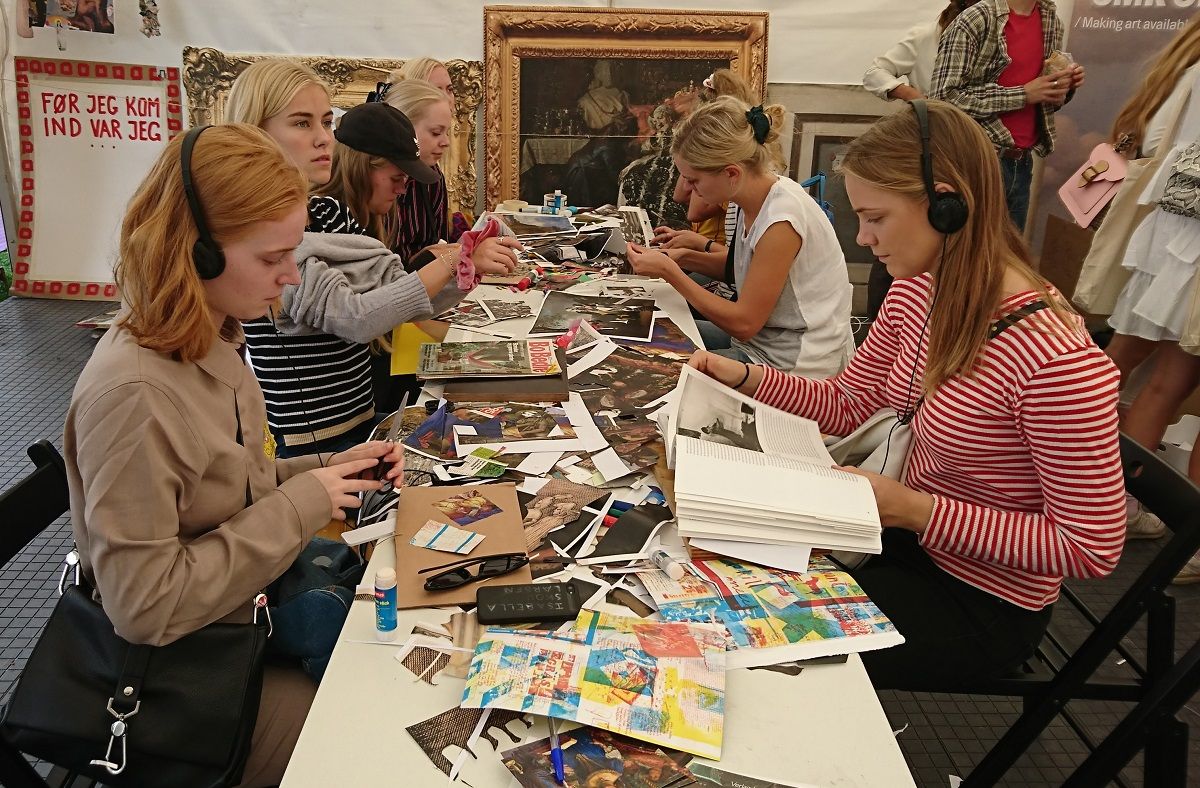Can you tell us about your role at the Statens Museum for Kunst?
I’m so lucky to be working as a bridge builder between the largest art collection in Denmark and the public – not just in my own country, but everywhere in the world. Since 2008, our strategy has been ‘to be a catalyst of users’ creativity’. We try to deliver that ambition by making the digitised collection radically open, and encourage active reuse by designers and artists, school kids and young people, citizen scientists and many more. It has been key for us to implement clear and user-friendly open licensing so that people know they can freely use the art. Our collection is part of the Commons, and we all have shared rights to it.
How is the New European Bauhaus relevant to your work?
To my knowledge, it’s the first time we’ve seen such a clear and compelling call on the cultural sector to contribute to a more sustainable future. All too often, art and culture are perceived as an add-on once the basic infrastructures of society have been put in place – like decorative icing on the cake. In the New European Bauhaus, art and culture are fundamental to building truly livable societies where we take better care of nature and each other, because – to quote Elizabeth Holstein, a young Danish entrepreneur who I’m very inspired by – ‘Creativity is fundamentally problem-solving… The more you let your creativity guide you, the greater your ability to break free from what can feel like a locked situation.’ That is exactly why we set our digitised cultural heritage collection free: so it can be a resource in the innovative and creative hands of the public.
What does New European Bauhaus mean to you?
A chance for the cultural sector, in the widest sense of the word, to show that art and culture – and the liberating, participative forces inherent in making them digital – are key to building societies that are sustainable not only from a technical point of view, but also on a human level. The legacy of Bauhaus is collaboration across borders, both where the word originated, in the cathedral workshops of medieval Europe, and in the 20th century art and design movement: across disciplinary, national and cultural borders. That’s exactly the mindset needed to tackle the climate challenges we all face. We need everyone to contribute and to be taken seriously, from science and tech experts to citizen scientists, from professional designers and artists to creatives from the general public, from scholars to students. The digital cultural heritage sector has critical experience in getting those people together to break new ground.





